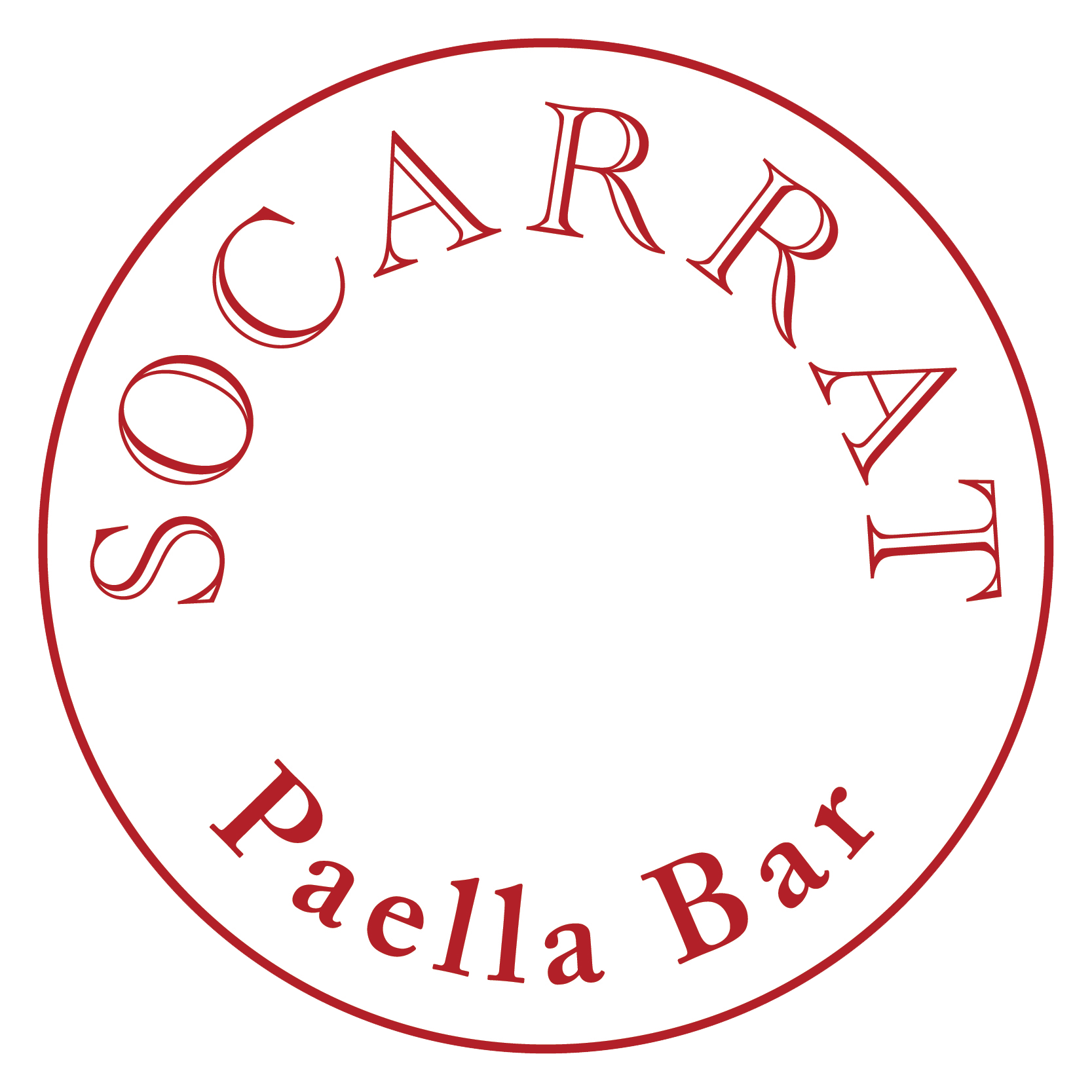Similar to pizza, paella started out as the “people’s food” and has grown to become an internationally-known and loved dish. Paella is traditionally enjoyed in settings where families and friends gather round the giant pan, but has also grown in popularity on the NYC nightlife scene, often accompanied with tapas and lively cocktails at happy hour, or featured on menus in trendy Spanish restaurants throughout Soho, Manhattan, and Brooklyn, paired perfectly with Sangria.
Whether you’re enjoying a seafood socarrat, a fish fideua, or enjoying paella in a classical variation of land and sea combined, the dish is sure to leave palette pleased.
History of Paella
Paella – the dish itself and its name – originated from the marriage of two cultures: the Romans in Spain and the Arab conquerors that brought rice through the port of Valencia.
The name Paella comes from the term “la paella,” the name for the pan used to cook the dish. Where the pan itself got the name is a subject that’s oft up for discussion, but a general consensus holds its basis in the combination of Arabic, Sanskrit, and Spanish words: “bagiyah” means leftovers in Arabic; “pa” means to drink in Sanskrit; “patera, patella, patina” all mean vessels from which you eat, drink, or cook in the Roman/Spanish language.
The dish itself was born when the servants of the Moorish kings would create meals by mixing the leftovers from royal banquets in giant pots that they took home to their families: they’d mix the scraps with rice and other local ingredients for their meals. They’d add anything available from the rice fields and farmlands to spice the meal up and add texture: tomatoes, beans, onions, and even snails. Paella didn’t start with seafood, but because Valencia is one of the largest ports in the Mediterranean, it was not long until shellfish and other seafood was incorporated into the mixed meal.
Paella Today: Variety & Its Constants
Just like tamales, pizza, gumbo, jambalaya, and pasta, paella can be made in what seems to be a thousand different variations, and depending on who you ask, there are certain things that should always and should never go into it.
Regardless, there are a few constants that remain the same, that you’ll find everywhere from a public Spanish restaurant to a private family gathering:
- The paella pan: double-handled, large, and flat, it features a dimpled surface to ensure flavor and seal moisture once the rice has been added. The pan itself can range from 1’ to 6’ in diameter, but the constant is its depth: never deeper than a few inches, in order to allow maximum rice to pan contact ratio.
- Sofrito: the flavor base that begins any paella – it consists of chopped vegetables simmered in oil with garlic and often onion. It sets the scene for the rest of the dish – the longer it’s cooked, the richer the flavor is.
- How it’s served: family style (unless you’re ordering individually at a restaurant)
- Bomba rice: traditionally, paella is made with bomba rice, as it is capable of absorbing a large amount of water without getting soggy. When bomba rice is unavailable, medium rice will do the trick.
- Its color: regardless of what’s in it, you’ll always be able to spot paella by its bright, rich, yellow color. But read on below to see how and why the methods of its yellow acquisition have changed over the years…
- Socarrat: are you the person that loves the chewy edges of the brownies, or the amalgamation of a crispy combination of something you’ve cooked getting just a little too stuck at the bottom of the pan? In paella, socarrat is the quintessential “icing on the cake” (rather, the reverse) – it’s a delectable crust that forms on the bottom of the pan when the liquid has evaporated and the rice reaches its peak of succulence. Do not mistake it for a burnt crust – if it’s burnt black, it’s not true socarrat (and it probably doesn’t taste too great either).
Paella is a cultural and culinary experiment – it’s an opportunity to combine new flavors with old – mixing the new world with the old tradition. You’ll probably encounter some variety in the following aspects of your paella pursuits:
- Where it’s cooked: traditionally it was cooked over a fire, but most restaurants don’t have a fire pit. Unless you’re at a home or an outdoor festival, you’ll probably have (or see) it prepared over an open-fire gas or charcoal grill.
- The rice: bomba is traditional, but many chefs claim that it doesn’t hold flavor as well. Instead they turn to other medium-grained varieties such as bahia and senia. Some restaurants have even gone as far as to offer substitutes for rice in the form of noodles – called fideua.
- The mix-ins: the first record of paella ever was actually a regional mixture of rice, rabbit, local snails, and beans, but now you’re more likely to find mixes of shrimp, lobster, sausage, chicken – and sometimes even vegetarian options.
- The color: in its origin in Valencia, paella got its color from saffron (which at the time was very readily available – AKA cheap), but saffron is significantly more expensive these days, so most recipes now get their yellow hue from paprika or something literally called “colorant” (colorante) which is cornstarch and yellow food coloring.
Where and how will you try your paella? Do you prefer it from the sea or the land, or a marriage of both?


